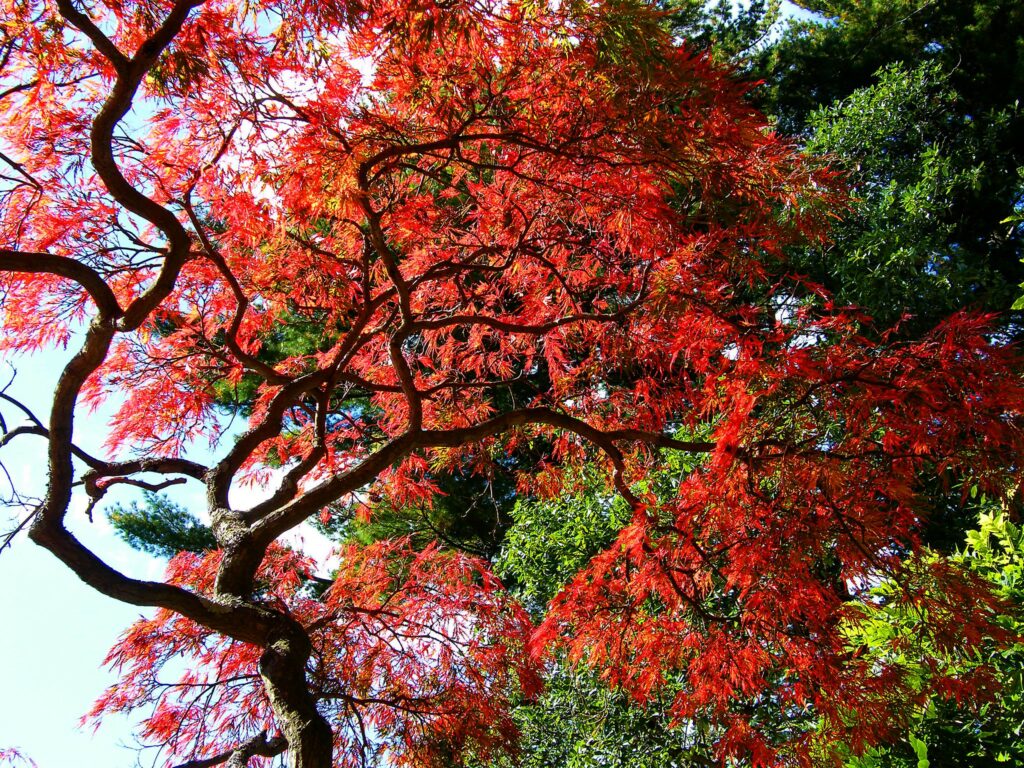More than one in five species of maple trees, known for the vivid colors on their autumn leaves, are at high risk of extinction. A new report calls for more conservation measures and the inclusion of maple species in botanic gardens and seed banks.

Maples are a very well known, diverse, and versatile group of trees and shrubs. They draw millions of visitors each year to the natural maple woods in North America and East Asia but also to gardens and arboreta worldwide. Maples range across the northern hemisphere from North America to Japan and are especially diverse in China.
The “red list” for maples, published by the Botanic Gardens Conservation International, showed that 36 out of the 158 known species, some 23%, are at high risk of extinction in the near future in the wild. They are facing pressure from a loss of habitat due to urban development and increased agriculture, while also buckling under climate change and forest fires.
“Maples are some of our most familiar trees, particularly in autumn when they give us those wonderful displays of yellow, orange, red and purple colours,” conservation manager Dan Crowley told BBC News. “And whilst they are common in some of our open spaces, spaces where they are highly valued, several species are also highly threatened in the wild.”
The report, part of the International Union for Conservation of Nature (IUCN) Red List of threatened species, contributes to a global tree assessment and analyzes the status of all known maple species. It showed there are seven species critically endangered, the highest level of risk, while 14 are endangered and 15 are vulnerable to extinction.
Two of the closest relatives to the North American sugar maple, which produces maple syrup, are listed as critically endangered. That includes a maple from Mexico recently discovered as a new species and at risk from climate change. China holds the largest proportion of maple species, many of which are endangered, the report showed.
While the situation doesn’t look favorable, the report has some suggestions on how to move forward in protecting maple trees. Conserving at-risk species in their natural habitat is the best option, as is expanding collections in botanic gardens and seed banks. There are currently 14 species absent from these collections, four of which are endangered.
“We still have an opportunity to save species from extinction, but it will take expertise and resources, and the coordinated, collaborative efforts by the world’s botanical gardens to make it work,” said Douglas Justice, associate director at the University of British Columbia Botanical Garden, Vancouver, in a statement.


